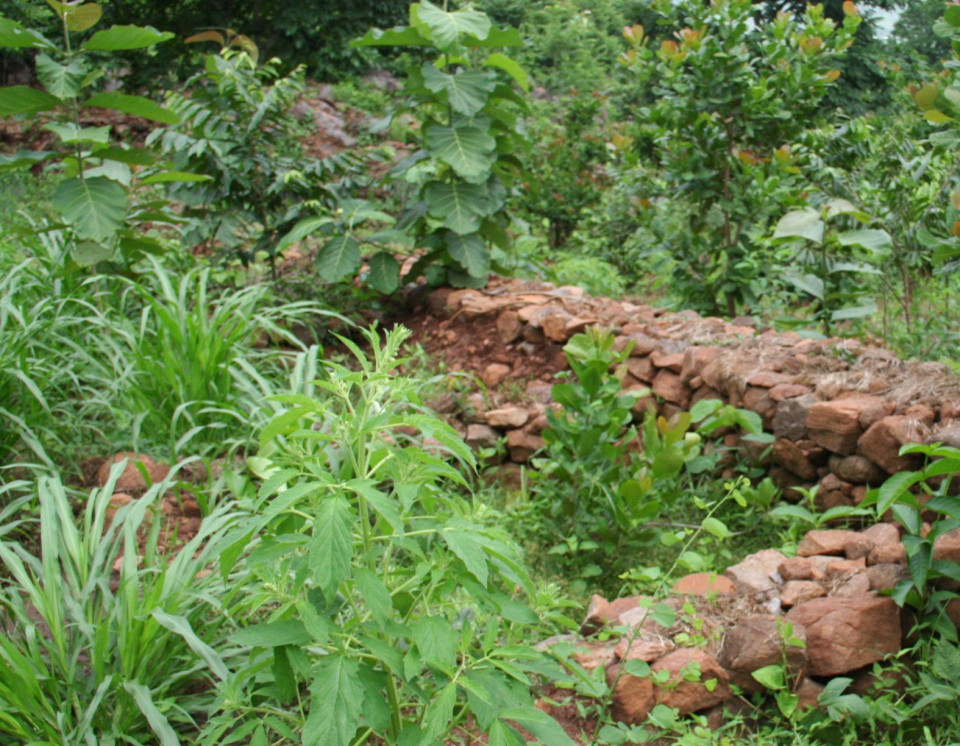Slow Design and Chronopolitics of Progress
With slow food there is also slow design, a mindful idea of thinking about progress at large and a sustainable zero-growth future. The idea of slow design makes me think of sci-fi writer William Gibson’s famous quote: “The future is already here – it's just not evenly distributed.” Even if the future gets slower, it does not mean it gets more equally distributed. We must ask; who has access to which future, when, and at what pace?
If we are to examine this issue, we could approach it with cultural theorist Paul Virilio’s term “dromology” in mind. To Virilio, dromology is about the logic of speed, named after the Ancient Greek noun for race or racetrack. Gibson’s quote points to speed and time, chronos, and if it is a matter of distribution it also becomes a matter of politics. So we must ask the design question: What is the dromology and chronopolitics of slow design progress?

As designers we are continually asked to invent new things, slice up the world in new ways, change industries and social orders: or “disrupt” as the buzzword is these days. As we design beautiful, functional or good things, they all produce different speeds, times and futures, even if it is a mindful app, a slow food meal or a carefully knitted sweater. Most designs, gadgets or services start out as expensive, but soon enough become accessible to the wide masses. The future, even if slow, reaches first the affluent, and is then possibly in wider circles.
But at the same time, too many people continue to suffer, or face worse times: the future does not reach them. They need to work more just to stay in place, or their access is denied. Some quick speeds of progress overturn old invested powers, or act like “shock doctrines” to force systems to bend, while others set their pace carefully in order to preserve and protect old privileges. While some new technologies “disrupt” and vastly improve the lives for some, they simultaneously undermine the futures of others, who remain stuck in sweatshops, civil wars, with polluted water supplies, or work as under-paid migrant laborers in the ecological fields supplying the slow food restaurant with local greens. Slow does not necessarily means better pay per hour or distributed control.
As Virilio suggests, the struggle over speed is a struggle over the future. And speed is not equilibrium; it is often off-balance, and it creates turbulence as positions become unsettled and destabilized. As in any race against time there are losers and winners. Some are held back, forced into passivity, of are off with a bad start. And paradoxically, the “slow design” movement seems to be for the rich: those who have time and money to take it easy and enjoy their pleasures.
The “now” is like a membrane where only the desired time passes through. The powerful controls time. Some designs accelerate; such as the car-service Uber, which has lots of speed from venture capital, ahead of unions and lawmakers who try to slow it down to protect workers. Other designs try to stop time; such as when landowners halt the construction of mass housing in their neighborhood, in order to protect their old investments. “Slow” is yet another speed controlled through this membrane.
We could thus say that there are different metabolisms of progress – differently attuned speeds or cycles of improvements, stagnations and reversals. Some cycles overlap or outlive others. Some groups stay on top, and eat slow, while others are forced to eat fast, getting obese on the bitter dreams of past progress. Those who are powerful set the pace of progress, both the “new” and the “slow,” while the poor scavenge fast calories.
Yet, these days things turn on their head. As many countries and people start to turn inwards and close up, designers will need to reexamine their relation to both the “new” and the “slow” and the metabolisms we engage with. In time of planetary, democratic and economic decline, what speeds are we to design, what futures are we to sell, and to whom? What if the “new” no longer is tempting enough to make new promises, or the “slow” only preserves status quo, making injustices sustainable? Or what if the new is no longer even desired by the powerful, but stays a dream for the weakest? Can a dream be evenly distributed?
Related Content:
-
Design in the Chain of Being
The notion of the Anthropocene acknowledges the impact of human civilization and capitalism on the planet
-
Beyond Design Lilliputianism
Throughout the 20th century design in many ways ruled as a royal practice of modernity.
-
Design after Progress
Why is so much design still bad?
-
Three Faces of Facilitation
It seems like the deeper design gets into processes of participation, engaging users and stakeholders, the more the designer becomes a facilitator or manager of operations.
 17.07.2017
17.07.2017




